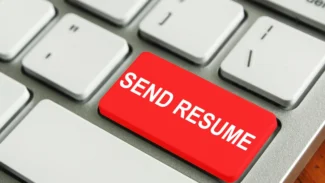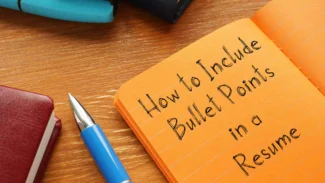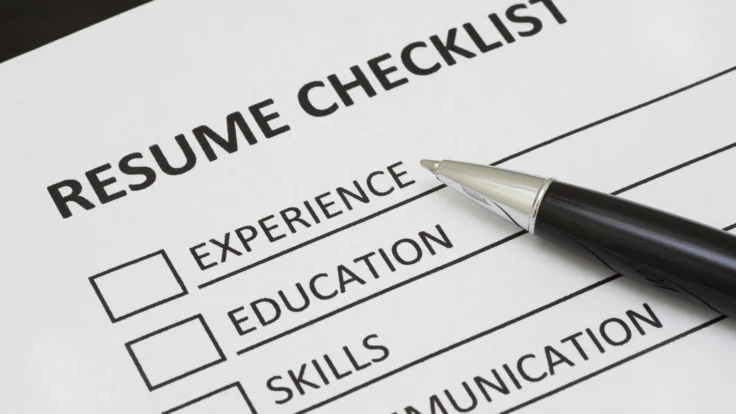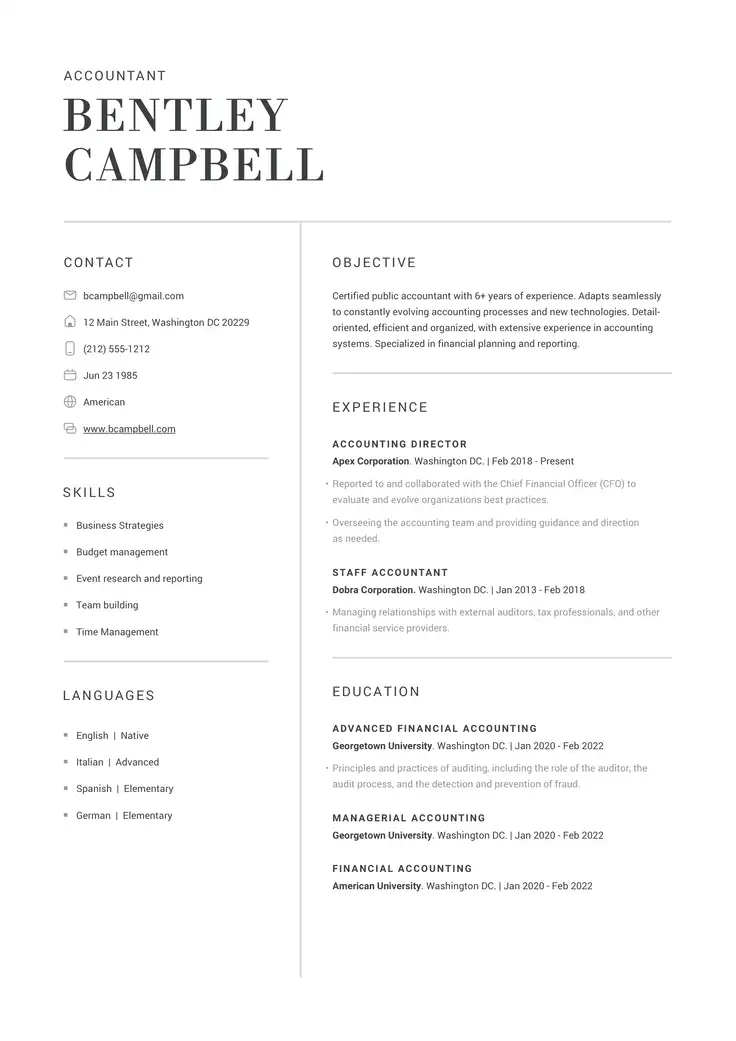You’ve given your resume a tidy-up and it’s looking better than ever. It’s almost ready to send but before you do wait just one minute.
Whilst care, attention, and a redesign can do wonders for your chances of getting hired, it’s very easy to miss small details that could lead to rejection. Of course, if you’ve put time and effort into creating an improved resume that’s the last thing you need.
To help you be absolutely sure your document is watertight, we’re going to tell you what to check before sending in a resume. We’ve reviewed all the most important areas you need to focus on and how you can make sure they are properly prepared.
Proofread Your Document for Mistakes
Sometimes as little as a typo can utterly stall your progress. Both recruiters and applicant tracking systems (ATS) will show little mercy to your application if they find any kind of linguistic errors in the text.
When you check your document, be extra thorough and look out for any examples of the following:
- Spelling mistakes
- Grammatical errors
- The incorrect date format
- Missing or wrong punctuation
Whilst these mistakes might not seem like much, to a recruiter its an easy way to cut down the number of applicants. Don’t fall into that trap, especially if you’re applying for a highly competitive position.
Ensure Your Contact Information is Present and Correct
A resume without your contact details is worthless. If you create a compelling summary of all your experience and skills that perfectly matches what the employer is looking for and they can’t find a way to get in touch with you, all of your efforts will have been for nothing.
The recruiter needs to be able to contact you otherwise there’s no point sending in a resume. To be sure that they can do so include one or more of the following:
- Your landline telephone number
- Your mobile phone number
- Your email address
- Your LinkedIn URL
Always use your personal contact details and not your work ones when adding this information to your document. Naturally, the last thing you want is someone calling the office of your current employer regarding a job opportunity and for someone else to notice.
See That Your Education is Properly Explained
The education section of your resume is often crucial. If you’re working in a sector where your training is especially important to your ability to do the job this is even more true.
Therefore it’s critical that you include the details of your qualifications that are going to be relevant to the employer. These involve the:
- Name of the institution
- Its location
- The course/qualification name
- The date of completion
- The grade achieved
You should also use this information even if you have only a high school diploma. In this situation, you will need to mark down your GPA.
Check Your Experience is Detailed and Up-to-Date
Work experience is your biggest selling point so you must make sure that it’s all displayed correctly and is fully up-to-date. When listing each job you should include:
- The name of the company
- Its location
- Your job title
- The start and end date of employment
- A few bullet points explaining the tasks you completed and the
The bullet points you list detailing what you achieved in your previous positions should always tell the recruiter what they need to know to fill the exact role being advertised. Make sure you tailor these points to meet this need and also include plenty of numerical evidence of results you met and how you used your skills effectively.
Make Your Formatting Flawless
The formatting of your document needs to look good as well as communicate a lot of information. This means:
- Leaving enough white space on the page to keep text decipherable
- Using a consistent font throughout
- Having clear headers, subheaders, and sections
- The text is around 10-12 point in size
- Longer texts are broken down into bullet points
- The margins and borders are tidy and organized
It’s also important not to use downloaded custom elements such as borders and fonts that could clutter your design and potentially hamper the document’s chances of passing through ATS filters successfully.
Additionally, it’s better to avoid including graphics and photos entirely. These will make your resume seem unprofessional and will limit its chances.
Confirm the File Type Fits Properly
ATS is also a stickler for the file type you use, so it’s wise to make sure you download your completed document in the right format. This may depend on the job-finding platform you’re uploading to. However, in most cases, a PDF or a .txt file will work just fine, especially if you’re sending in your resume via email.
It’s important to know what to do before sending a resume. As we’ve seen there are lots of minute details that can make a big difference in how well your document performs.
ResumeCoach is here to help you create a professional and stylish resume in mere minutes. Try our resume builder now to add a touch of extra flair to your application and design an optimized document that turns heads, furthermore you can request a resume review and leave nothing to chance.
Related Posts




